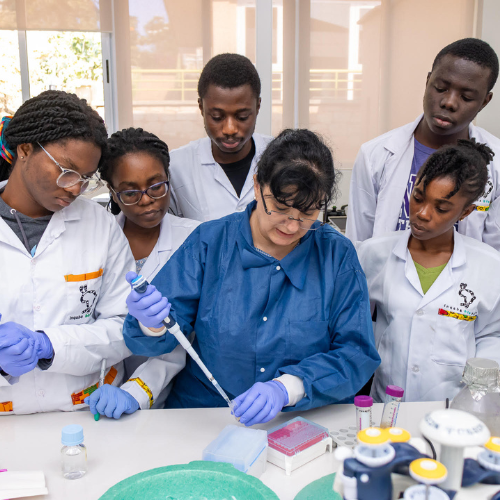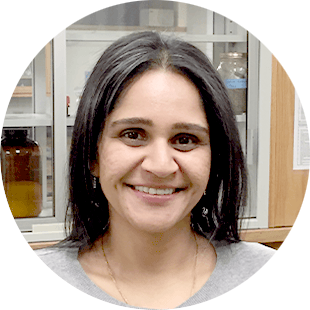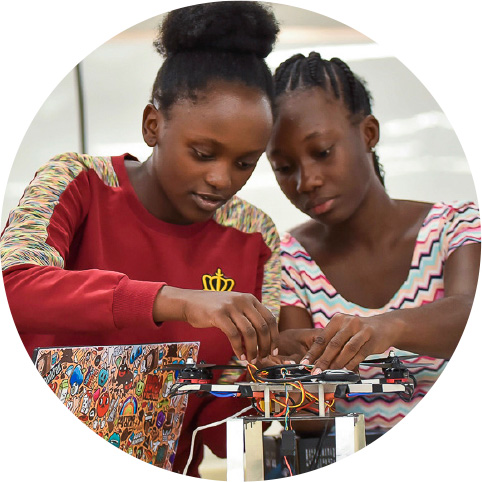
A workforce ready to meet development challenges
Today’s university students are tomorrow’s leaders in healthcare, engineering, agriculture, policy, and many other fields.
Our programs support effective, hands-on training in the sciences so that graduates can shape a brighter and healthier future.
Since 2008, we have supported the training of…
Undergraduate
students
Masters
students
Phd
students
Access to equipment strengthens the scientific workforce
For undergraduate students, access to equipment means the difference between learning passively by watching a video and gaining the deeper understanding that comes from trying an experiment for themselves.
For graduate students, equipment means not having to choose between limiting the scope of inquiry to what is possible with limited equipment or leaving the institution or country to complete their research.
And for the people of developing countries, university graduates entering the workforce better prepared in the sciences means more equitable access to healthcare, food security, a clean and safe environment, economic opportunities, and more.
Impact in action
Better undergraduate training in Colombia
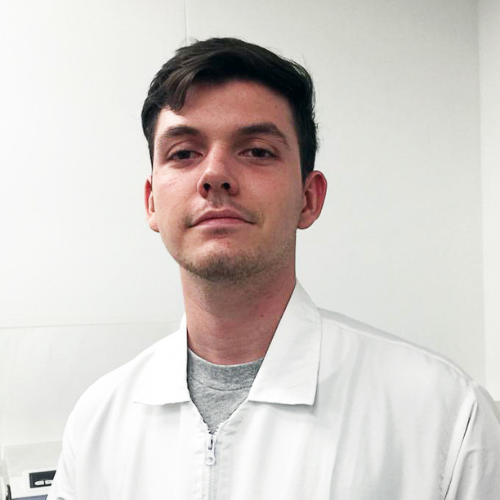
“Investigation was restricted to graduate students because there wasn’t enough equipment for undergraduates. Now, we have a special site to learn and develop new studies.”
Bachelor’s student in nanotechnology engineering
Workforce impact stories
Education workforce training
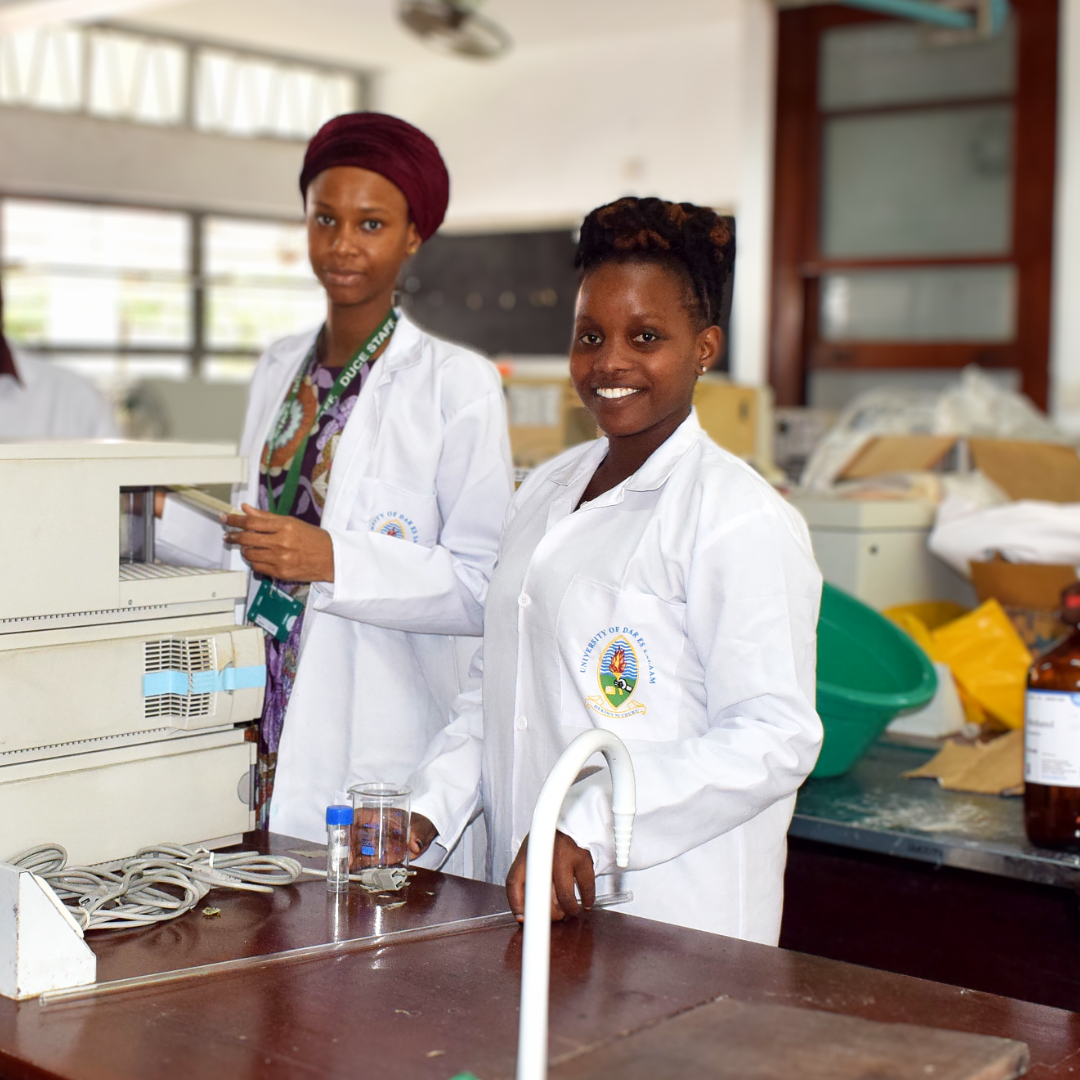
Training more chemistry teachers in Tanzania
Dativa Shilla, PhD, recognized that the Department of Chemistry at the Dar es Salaam University College of Education had lost too many students for far too long.
Her department is tasked with training chemistry teachers for a large portion of schools in East Africa, but she didn’t have the resources to keep them enrolled.
With support from Seeding Labs, she has seen student retention increase by nearly 50 percent, meaning more teachers are now working across the region, educating primary and secondary students alike.
Healthcare workforce training
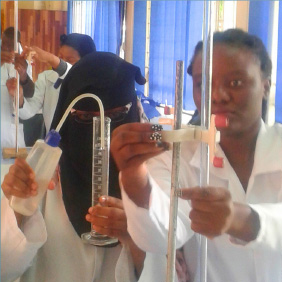
Increasing the number of pharmacists in Zambia
The Department of Pharmacy at the University of Zambia is the nation’s primary institution for training up-and-coming pharmacists and for those future pharmacists to work in drug discovery.
With support from Seeding Labs, these graduate students have been able to do original research on the pharmaceutical effects of native plants, which abound in Zambia.
As more students are trained on Instrumental Access equipment, more pharmacists enter the workforce prepared to meet the needs of their communities.
Energy workforce training
